For starters, let’s stipulate that the plural of the word “emoji” is “emoji.” This first step will help us better explore the need for a thoughtful approach to these digital icons that brighten our lives while complicating our eDiscovery work.
While some might wish emoji would vanish to make eDiscovery easier, the smiley face – and its many permutations – are here to stay. Some trace the origin of emoji all the way back to a 1994 personal digital assistant called the Sharp Zaurus PI-4000. According to the Unicode Consortium – the nonprofit charged with setting global standards for character encoding – there are now 3,782 emoji. For the uninitiated, character encoding tells computers how to convert digital data into letters, numbers, and symbols – like emoji.
Despite the Unicode Consortium’s oversight, all isn’t clear for eDiscovery in emojiland. While the organization provides guidance for what the emoji pictograph should look like when assigning an immutable hexadecimal value (or code point), it doesn’t require specific details. The only recommendation for improved interoperability comes from the Unicode Common Locale Data Repository (CLDR) short names, which are subject to change. The details are left up to the creativity of the device manufacturers or software developers. That’s why the version of an emoji sent might render differently from the version received, especially in email and text communications.
As a result, even though emoji are supposed to help us convey thoughts and emotions more clearly, they can sometimes make communication cloudier.
How Bad Is It?
Consider the dog emoji. There are five unique versions approved by the Unicode Consortium with the following CLDR short names: dog, dog face, guide dog, service dog, and poodle. Why the poodle was singled out is unknown. The emoji with the least descriptive CLDR short name is “dog” and has a hexadecimal value of U+1F415. As a result, the dog emoji is as vague as the poodle emoji is specific. There is not a recommendation for any characteristics of the dog, including breed and color. Thus, it is not surprising that the dog emoji appears quite distinct in the Apple version compared to the Google version. The Apple dogs appear more purposeful, while the Google dogs look more friendly.
To further complicate communication and eDiscovery work, when producers release new emoji through operating system updates – including the 118 released by Apple on March 5, 2024 – only users who upgrade their devices can access them. So when an upgraded user sends a new emoji to a nonupgraded recipient, the device does not recognize the hexadecimal value of the character sent. To compensate, the device displays a placeholder – often a rectangle, square, or question mark – instead of the new emoji.
What we have here is a failure to communicate.
Challenge Met
While most of the time different versions of an emoji are akin to words in different text fonts, the following nightmare scenario is possible: The version of the emoji sent by a custodian, received by the recipient, reviewed by an attorney, and produced to another party can all be different. That’s a nightmare for eDiscovery because different versions can convey different meanings, such as between a water pistol and a revolver.
Legal professionals can meet the emoji challenge in a couple of ways. First, include emoji in custodial interviews and ESI protocols, and when applicable, consider using specialized reviewers for messages that contain emoji. Second, since messages are usually reviewed years later, ensure access to the source of the emoji – meaning the device and operating system – to determine the version of the emoji sent.
In any event, one thing is certain: Emoji in eDiscovery are here to stay. Legal professionals who recognize the value of understanding them will come out ahead.
Matt Mahon has more than 15 years of eDiscovery experience and is the vice president of business development at Level Legal. Before joining Level Legal, he was a senior executive at Trustpoint.One and Ricoh. He is a Certified eDiscovery Specialist (CEDS) and an Information Governance Professional (IGP). He is a frequent speaker at conferences and continuing legal education events.
Interested in an eDiscovery partner with staying power? Contact us today to experience the Level Legal difference.


